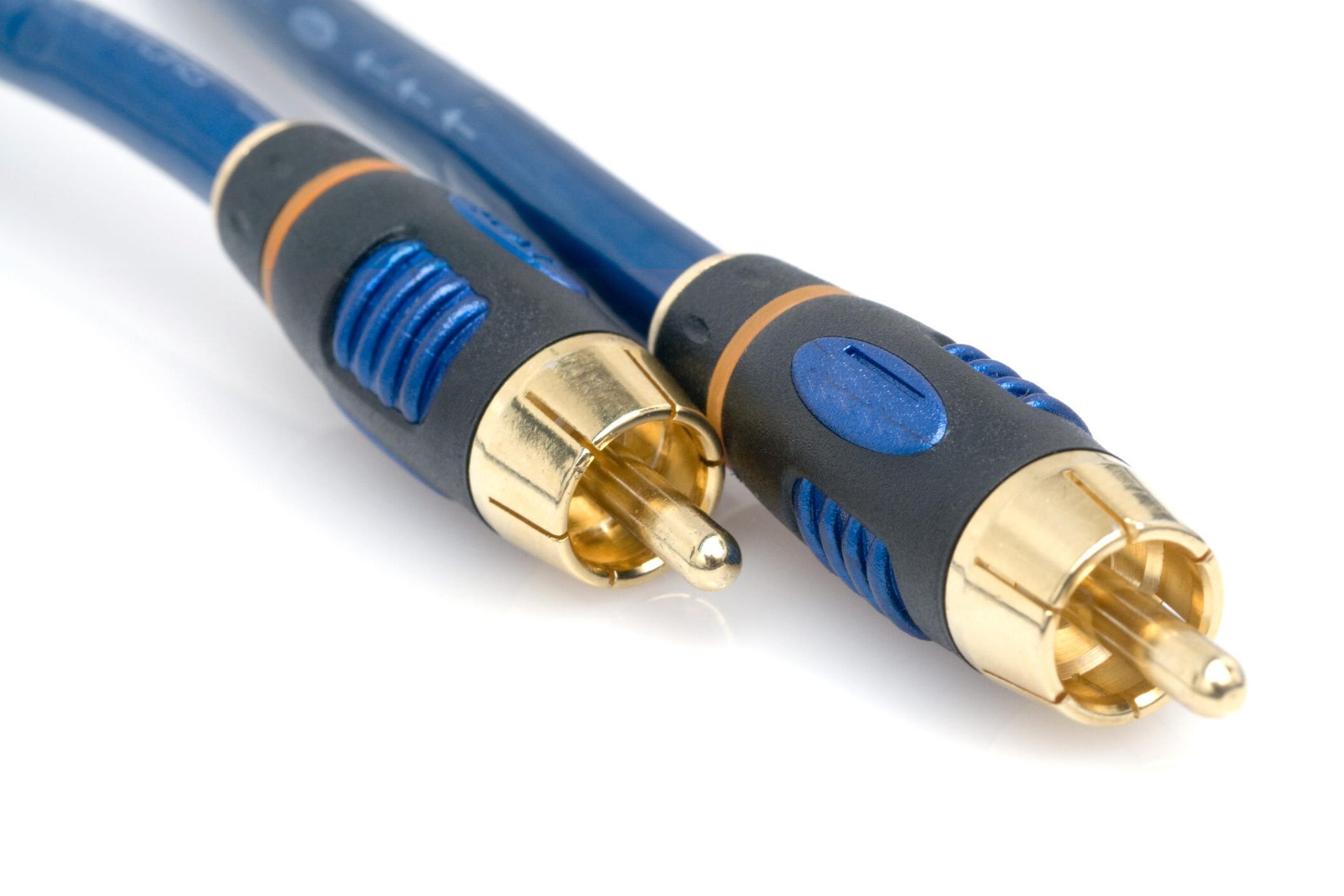In the world of communication and data transmission, the coaxial cable plays a vital role in ensuring signal quality and stability. If you’ve ever wondered what a coaxial cable is and how it works, this guide offers a clear and unique perspective on the topic.
Let’s dive into the coaxial cable definition, understand how it functions, and explore why it remains a trusted solution across industries.
What is the Definition of a Coaxial Cable?
A coaxial cable is a specially designed electrical cable that carries high-frequency signals. Its name comes from the unique way its internal components are arranged—concentric layers that share a single axis. These layers typically include a core conductor, insulation, shielding, and an outer protective layer.
The defining feature of a coaxial cable is its ability to deliver data, audio, and video signals with high accuracy while minimizing interference from outside sources.
Core Components of a Coaxial Cable
To fully understand the coaxial cable definition, let’s break down the key components that make up its structure:
- Central Conductor
This is the inner wire responsible for transmitting the signal. It’s often made of solid copper or copper-clad steel. - Insulating Layer
Surrounding the conductor is a layer of insulation that keeps the signal contained and separates it from the outer shielding. - Shielding (Metallic Braid or Foil)
This layer protects the signal from electromagnetic interference (EMI), ensuring clear and consistent transmission. - Outer Jacket
The outer covering is made of durable material that resists damage from environmental factors like moisture, heat, and friction.
How Does a Coaxial Cable Work?
The main idea behind a coaxial cable’s function is signal integrity. The internal conductor sends the signal, while the surrounding shield blocks interference from other electronic devices or cables nearby. Because the layers are aligned on the same axis (hence “coaxial”), the signal remains stable even over longer distances.
This makes coaxial cables ideal for applications where clarity and precision are necessary.
Where Are Coaxial Cables Used?
Coaxial cables are found in a variety of everyday and industrial settings. Here are some common uses:
- Internet Connections – Broadband services often rely on coaxial cables for stable data transfer.
- Security Systems – CCTV and surveillance systems use coaxial cabling for clean video feeds.
- TV and Satellite – Cable television providers still rely heavily on coaxial lines to deliver channels.
- Radio and Antenna Setups – Radio frequency signals benefit from the low-loss design of coaxial cables.
Benefits of Using Coaxial Cable
Coaxial cables are chosen not just for tradition but because of their many advantages:
- Reliable Signal Quality – Maintains consistent transmission over long distances.
- Reduced Interference – Excellent shielding protects against external noise.
- Cost-Effective – Affordable option for both small and large-scale setups.
- Durability – Designed to withstand wear, bending, and environmental conditions.
Choosing the Right Coaxial Cable in Malaysia
Different applications call for different types of coaxial cables. For example:
- RG6 – Ideal for TV and high-frequency internet setups.
- RG59 – Common in analog CCTV installations.
- LMR series – Preferred for wireless and outdoor communications.
At Sole Engineering, we provide a wide selection of coaxial cables that match your specific project requirements—whether you’re working on a residential installation or a commercial networking setup.
Final Thoughts
The coaxial cable definition goes beyond its physical structure—it’s about understanding how this simple yet effective technology supports modern communication. From TV signals to internet data and surveillance systems, coaxial cables continue to prove their value in a fast-paced digital world.
For premium-quality coaxial cables in Malaysia, get in touch with the team at Sole Engineering. We offer expert advice, dependable products, and customized cable solutions to fit your needs.







